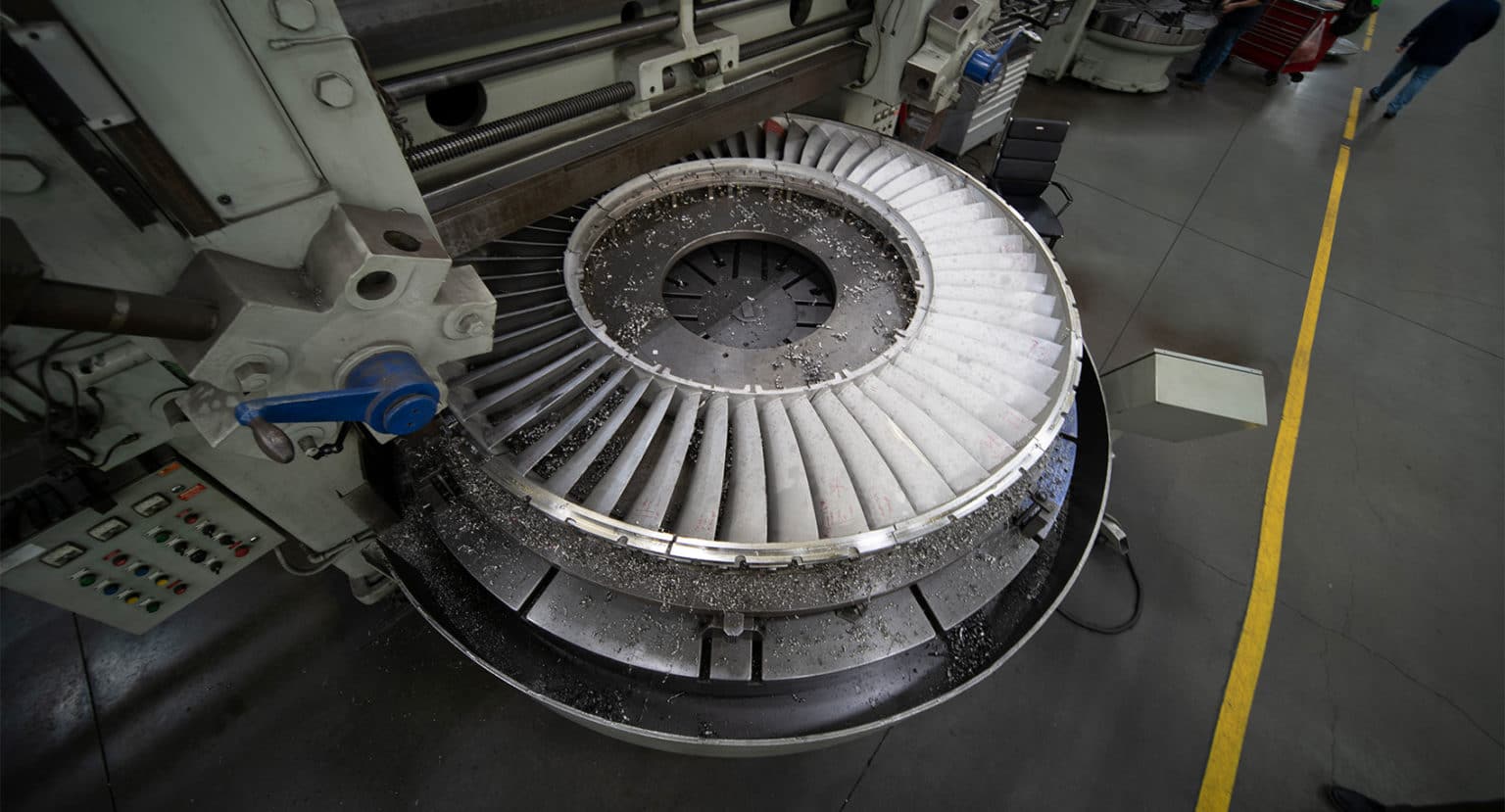A gas turbine generator is an assembly of components that use the energy of a combustion process to generate electricity. It works by combining a combustor, turbine, and generator. The combustor burns a fuel, such as natural gas, to create a hot gas flow. The turbine then extracts energy from the hot gas stream and converts it into a rotational force, which is then used to turn the generator and produce electricity.
Gas turbine generators of Allied Power Group are used in a variety of applications, including power generation and propulsion systems.

How Does a Gas Turbine Generator Work?
The combustor is the first component of a gas turbine generator and is responsible for burning fuel in the presence of air. The fuel is mixed with air and then ignited, creating a hot gas stream. This hot gas stream is then passed through the turbine, where the energy from the combustion process is extracted and converted into a rotational force. This rotational force is then used to turn the generator, which produces electricity.
Advantages of Gas Turbine Generators
Gas turbine generators have a number of advantages over other types of generators. They are more efficient than other types of generators, meaning they produce more electricity for the same amount of fuel. They are also more reliable and require less maintenance than other types of generators. Additionally, they are able to operate at higher temperatures and pressures than other types of generators, making them suitable for a variety of applications.